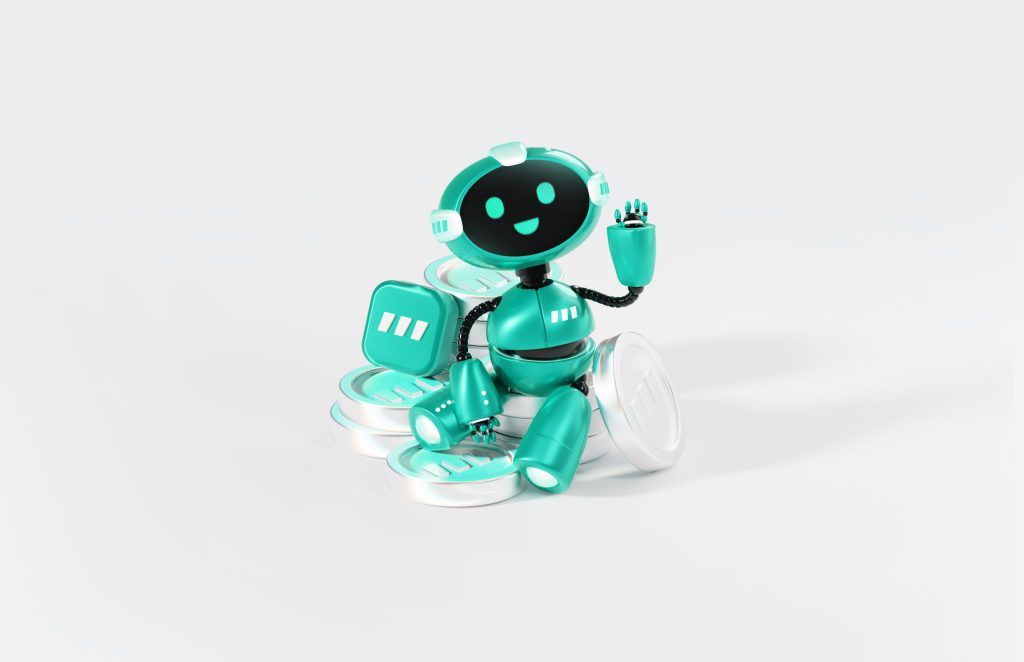The Rise of AI Companions: From Virtual Friends to Emotional Support Bots
Not too long ago, the idea of having a meaningful relationship with a machine was pure science fiction. Fast forward to today, and millions of people are already forming daily bonds with AI companions—virtual entities designed to listen, chat, support, and sometimes even love.
From simple chatbots to emotionally intelligent avatars, AI companions are evolving rapidly, not just in capability but in their role in our lives. This isn’t just about convenience anymore—it’s about connection.
2 A New Kind of Relationship
At their core, AI companions are designed to simulate conversation and emotional interaction. They can chat about your day, help you through a breakup, remind you to drink water, or just hang out when you’re lonely. Platforms like Replika, Character.AI, and Anima have already attracted millions of users who turn to digital entities for comfort and companionship.
Unlike traditional AI assistants like Siri or Alexa, these bots aren’t just functional—they’re relational.

3 From Virtual Pets to Emotional Support
The progression has been natural:
1 Tamagotchis and early virtual pets taught us to bond with digital characters.
2 Chatbots became more conversational with natural language processing.
3 Now, AI companions are integrating empathy, memory, and even voice or video avatars to deepen the illusion of humanlike interaction.
Some users report feeling emotionally supported or even romantically connected to their AI friends. In fact, studies have shown that people are more likely to disclose personal information to bots than to other humans, because they don’t feel judged.
4 The Tech Behind the Feelings
AI companions combine several technologies:
1 Natural Language Processing (NLP) for fluid, realistic conversations.
2 Emotion recognition (via text cues or tone of voice).
3 Memory systems to remember facts about you and adapt over time.
4 Synthetic voices and avatars for more lifelike interaction.
In some advanced systems, AI companions can even mirror your emotional state or respond with simulated compassion and encouragement.
5 Why Are People Turning to AI Friends?
1 Loneliness and isolation—especially post-pandemic—have driven people to seek alternative forms of connection.
2 Mental health support—some AI bots offer CBT-style conversations or calming dialogue.
3 Social anxiety—AI friends are pressure-free and always available.
4 Curiosity and novelty—many users simply want to see how far the tech can go.

6 Are They Replacing Human Relationships?
Not exactly. While some people grow deeply attached to AI companions, most see them as supplements, not substitutes, for human connection. But the line is getting blurrier, and that raises big ethical questions.
1 Should AI companions say “I love you” if they don’t truly feel it?
2 Could reliance on AI stunt real-world social skills?
3 What happens when people grieve the “loss” of an AI that shuts down?
7 The Future of Emotional AI
We’re still in the early days. Future AI companions may:
1 Have bodies (via robots or holograms).
2 Integrate across devices (from phones to smart glasses to VR).
3 Serve specialized roles—therapists, coaches, creative collaborators.
4 Learn not just from you, but with you, evolving as your emotional mirror.
Closing Thoughts: The Companions We Create
In a world that’s more connected yet more isolated than ever, the rise of AI companions reflects something deeply human: our need to be seen, heard, and understood. Whether as friends, helpers, or silent listeners, these bots are beginning to fill emotional roles that used to belong only to people.
The question isn’t if AI companions will be part of our future—it’s how we’ll choose to relate to them.






